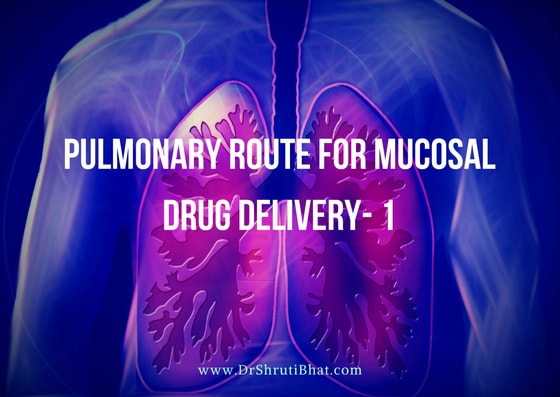The key to delivering peptides & proteins to lungs is to target the small airways where the endothelial cells are directly connected with the alveolar endothelium. To deliver drugs deep into the lungs require particles of a precise size and a device, which delivers the drug regardless of a patient’s breathing patterns. Delivering drugs by inhalation requires precision engineering for optimum results.
Inhalation devices- an engineering overview
Today’s inhalation devices have many design criteria, which they must meet. Not only is it important that they deliver the drug in the correct form, to the correct target site they must also offer the patient ease of use, guarantee repeatable performance and low cost and all of which should be coupled to aesthetic appeal and social acceptability.
The large number of devices currently available can be amalgamated into 3 groups broadly, nebulisers, metered dose inhalers (MDIs) and dry powder inhalers (DPIs). For each, the basic operating principles, advantages and drawbacks will be reviewed followed by a consideration of possible enhancements and the future for devices in general.
Nebulisers-
Nebulisers could mostly be described as devices for generating aerosols using an external energy source to achieve atomization. Commercially, there are two basic systems available grouped by the energy source used, air jet nebulisers wherein a stream of high velocity air (dry and clean) is passed over a source of liquid (water) containing the drug. The resulting negative pressure causes the liquid to be drawn into the air stream from the reservoir. The air flow rate, the rate of which liquid is drawn into the stream and to a certain extent the surface tension of the liquid determine the initial droplet size. The stream may then be impacted into a baffle system of plates and filters, which refines the aerosol by removing the large droplets and releasing an aerosol, which is closer to being mono-dispersed at the target size. Typically for air jet nebulisers, this is in the range of 2-4 mm.
Ultrasonic nebulisers are the high frequency vibrations of piezo electric crystals to impart kinetic energy to the liquid; some of this energy in turn is used to create new surface area in the liquid, which will assume the most stable form of spherical droplets, due to its surface tension. These new droplets of liquid retain some of the imparted kinetic energy, which throws them clear of the bulk liquid, forming an aerosol in the nebuliser.
Both types of nebulisers can produce similar size distributions of aerosol, the ultrasonic systems having the advantage that they can nebulise relatively large volumes of liquid, without the associated high airflow requirement and resultant evaporative losses.
Metered dose inhalers (MDI)-
Metered dose inhalers (MDIs) can be viewed as a number of individual interactive components- the valve, the propellant & the inhaler (activator). The propellant systems normally used consist of a cocktail of one or more chloro-fluorocarbon (CFC). These compounds possess properties, which make them difficult to replace easily, such as volatility, low toxicity and low flammability. Because these propellants possess a distinct equilibrium vapor pressure at a given temperature in a closed MDI system that pressure is acting throughout the system and is effectively constant through the life of the pack, as long as liquid propellant remains (excluding preferential evaporation).
The portability, close consistency, accurate targeting, low cost and discrete use of MDIs mean that in terms of total numbers, they are the most frequently prescribed form of inhalation device. Unfortunately there are 2 main disadvantages. The first of these has developed in recent years, in as much as MDI are no longer considered environmentally acceptable (an issue which is beyond the scope of this article) due to the use of chloroflurocarbon propellants. The second disadvantage is a more long-standing problem and is one of misuse, patient in co-ordination and cold cough syndrome. Breath actuated inhalers (BAIs) and inhalers with spacer chamber offer solution to the problems.
Continued in Part 2 ...
|
Choosing the lungs to deliver drugs beyond airways is not new. Nicotine and other anesthetics have been delivered to the blood stream this way for many years. However, the high surface area for absorption, the low level of enzymatic activity, the high physiologic pH together with rapid onset of drug action are key reasons why lung is a good site of delivery for peptides and proteins. It is particularly good for those, which have short half-lives.
0 Comments
Your comment will be posted after it is approved.
Leave a Reply. |
New Book Released!Shruti's YouTube Channel ...Blog Categories
All
Shruti's books...Micro-Learning
|





















